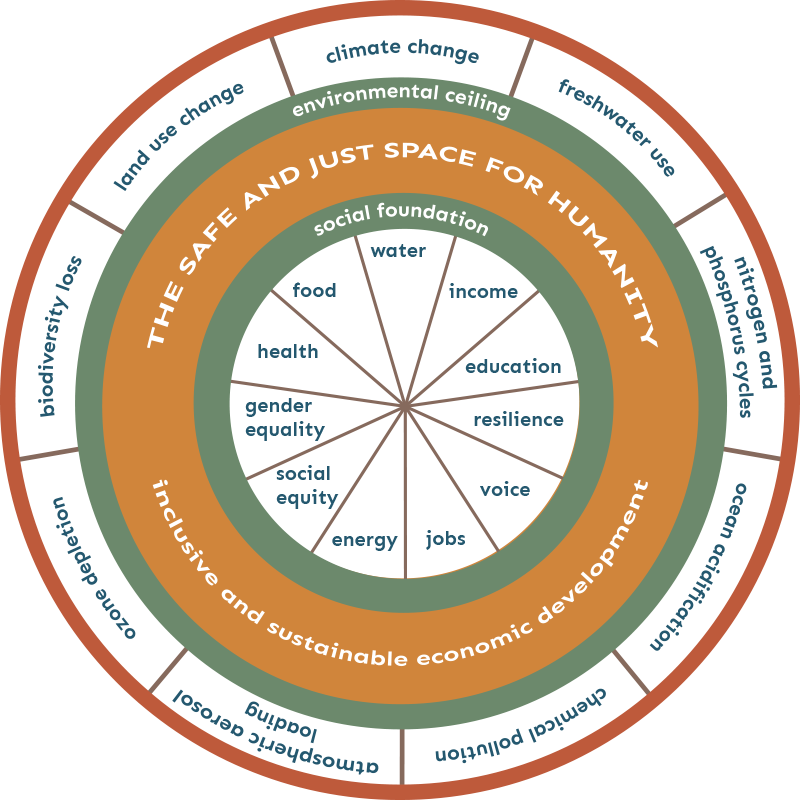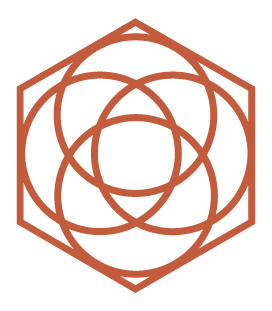economic model
DONUT ECONOMICS is an economic model for creating sustainable communities. It has been modeled for sustainable stewardship of the economies of cities, states and countries. The city of Amsterdam has adopted this model which was developed by Kate Raworth from Oxfam. The model suggests that humanity’s 21st century challenge is to ensure that every person has the resources they need to meet their human rights, while collectively living within the ecological means of this one planet. The ‘doughnut’ of planetary and social boundaries is an approach to framing that challenge as seen in the graphic:
o The outer limit of the doughnut is the environmental and ecological ceiling, defined by natural sciences. This is the limit we shouldn’t cross. If we do, planetary balances begin to fail. Those ceilings should be considered in the community setting and extend outward to a more global model.
o The inner limit is the social foundation where people have access to the twelve basic needs as described by the United Nations (health, education, access to water…). This community can easily create and model the means to sustainably provide access to these social foundations.
o In Amsterdam, they are implementing much of the “Donut Economic” model by improved treatment of domestic waste, more sustainable constructions, initiatives to reduce food waste, solutions for the reuse of unwanted products, preservation of raw materials and so forth.
o The “Donut Economics” framework is proposed for this community as it is designed to measure the performance of an economy by the extent to which the needs of people are met without overshooting Earth’s ecological ceiling.

“Amsterdam bet its post-Covid recovery on ‘doughnut’ economics — more cities are now following suit”
